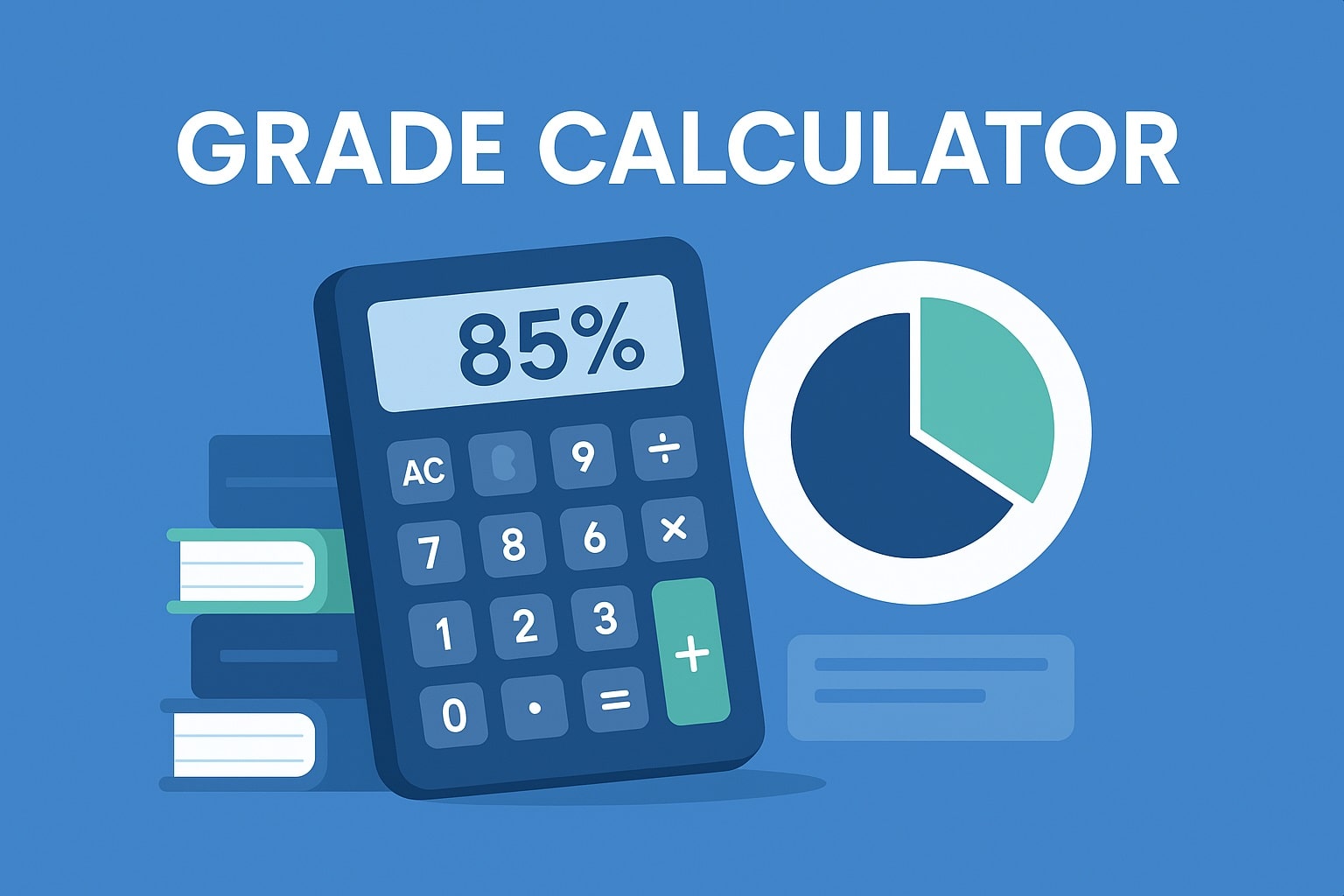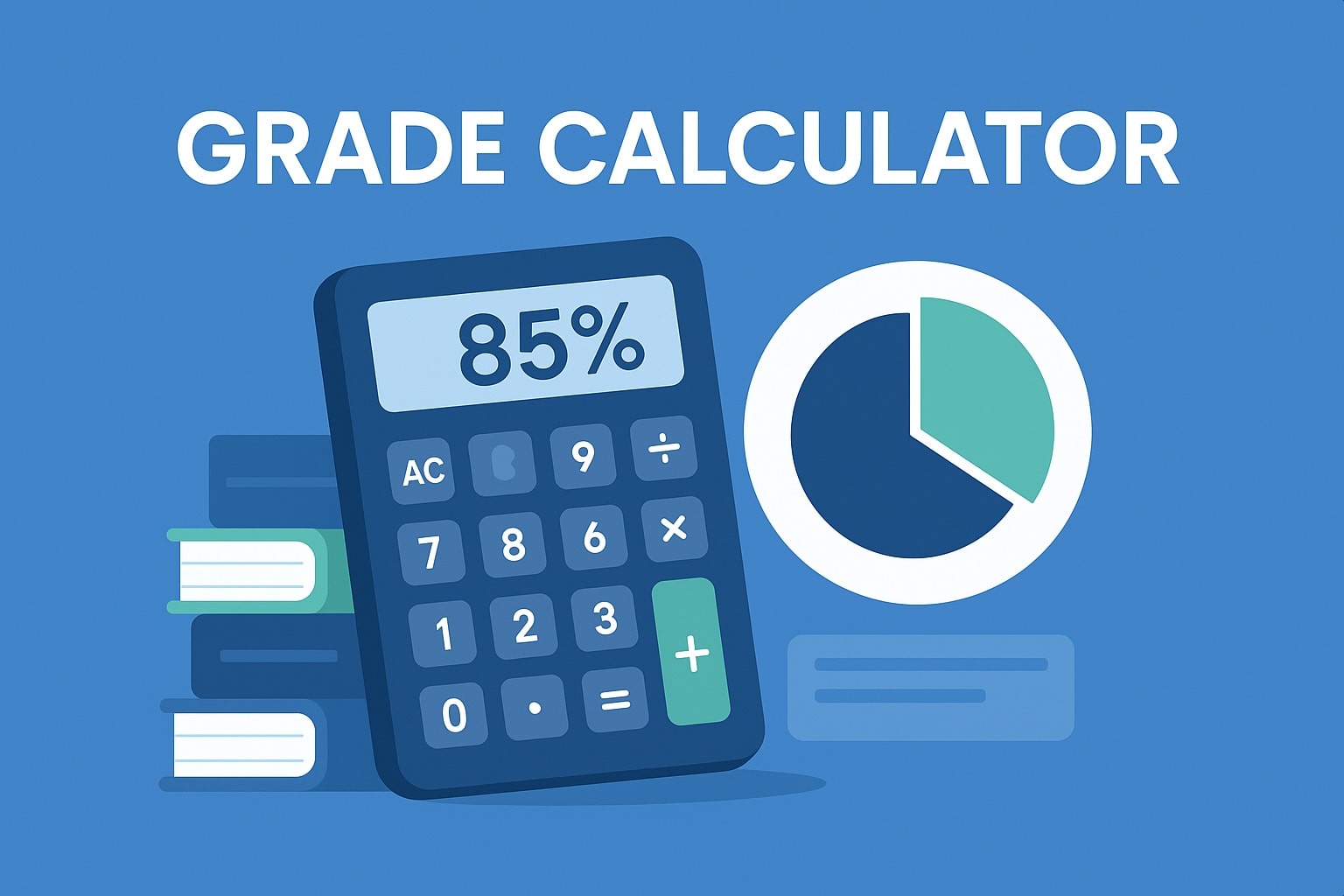What Is a Weighted Gpa? Unveiled
In the competitive landscape of higher education, your academic record is your passport to opportunity. Grades, test scores, and extracurricular activities all contribute to your overall profile, but one metric stands out as a cornerstone of college admissions: the GPA (Grade Point Average). While a traditional GPA offers a snapshot of your academic performance, it doesn’t always tell the whole story. Enter the weighted GPA, a more nuanced measure that takes into account the difficulty of the courses you’ve taken. Understanding the weighted GPA is crucial for students aiming for college acceptance, scholarships, and even certain career paths. This comprehensive guide will delve into the intricacies of the weighted GPA, exploring its calculation, significance, and how it can impact your academic journey.
Understanding the Weighted GPA
A weighted GPA is a modified version of the traditional GPA that assigns different point values to courses based on their academic rigor. Essentially, it recognizes that a “B” in AP Calculus carries more weight than a “B” in an introductory-level course. This system acknowledges the increased challenge and knowledge gained from advanced coursework, providing a more accurate reflection of your academic abilities.
How is a Weighted GPA Calculated?
Calculating a weighted GPA involves several steps:
- Assign Weights: Each course is assigned a weight, typically represented as a numerical multiplier. Common weight values include:
- 1.0: Standard courses
- 1.5: Honors courses
- 2.0: Advanced Placement (AP), International Baccalaureate (IB), or dual enrollment courses
- Convert Grades to Points: Grades are converted into numerical values. For example, an “A” might be worth 4.0 points, a “B” 3.0 points, and so on.
- Multiply Points by Weights: The grade points are multiplied by the corresponding weight for each course.
- Sum Weighted Points: All the weighted points are added together.
- Divide by Total Credits: The sum of weighted points is divided by the total number of credits earned.
The resulting number is your weighted GPA.
The Significance of a Weighted GPA
A weighted GPA holds significant weight in the college admissions process. Here’s why:
Demonstrating Academic Rigor
Colleges want to see that you’ve challenged yourself academically. A high weighted GPA demonstrates your ability to handle demanding coursework and excel in a rigorous academic environment.
Stand Out from the Crowd
In a sea of applicants with impressive GPAs, a weighted GPA can help you stand out. It showcases your commitment to academic excellence and your willingness to go beyond the ordinary.
Scholarship Eligibility
Many scholarships, particularly merit-based ones, consider weighted GPA as a key factor in their selection process. A strong weighted GPA can significantly increase your chances of securing financial aid.
Future Academic Success
A weighted GPA is often a predictor of success in college. Colleges use it to gauge your readiness for the demands of higher education and your potential for academic achievement.
Navigating the Weighted GPA Landscape
Understanding the nuances of weighted GPAs is essential for maximizing your academic potential. Here are some key considerations:
Course Selection
Choose challenging courses that align with your interests and academic goals. Don’t shy away from honors, AP, or IB classes if you feel prepared. These courses can significantly boost your weighted GPA.
Performance Matters
While taking challenging courses is important, maintaining a strong performance in those courses is crucial. Strive for good grades in all your classes, as even a single low grade can negatively impact your weighted GPA.
Check College Requirements
Different colleges may have varying weightings for different types of courses. Research the specific requirements of the colleges you’re interested in to ensure you’re taking the right courses to meet their expectations.
Seek Guidance
Don’t hesitate to consult with your academic advisor or counselor for personalized advice on course selection and GPA optimization. They can provide valuable insights based on your individual academic profile and goals.
Frequently Asked Questions
What is the difference between a weighted GPA and an unweighted GPA?
An unweighted GPA assigns the same value to all courses, regardless of their difficulty. A weighted GPA, on the other hand, assigns higher values to more challenging courses, such as honors, AP, or IB classes. This reflects the increased academic rigor and knowledge gained from these courses.
How do colleges view weighted GPAs?
Colleges generally view weighted GPAs more favorably than unweighted GPAs. They recognize that a high weighted GPA indicates a student’s ability to excel in demanding academic environments. It demonstrates a commitment to academic rigor and a potential for success in college.
Can I improve my weighted GPA?
Yes, you can absolutely improve your weighted GPA. Focus on maintaining good grades in all your courses, especially those with higher weights. Consider challenging yourself with more honors, AP, or IB classes if you feel prepared.
Does a weighted GPA matter for all colleges?
While most colleges consider weighted GPAs, some may not. It’s always best to check the specific requirements of each college you’re interested in to see how they factor in weighted GPAs in their admissions process.
How can I find my weighted GPA?
Your high school guidance counselor or registrar can provide you with your weighted GPA. You can also often find it on your official transcripts.
In conclusion, understanding the weighted GPA is crucial for students navigating the complex world of college admissions and academic success. By strategically choosing challenging courses, maintaining strong grades, and understanding the nuances of weightings, you can leverage your weighted GPA to your advantage. Remember, your GPA is a reflection of your academic journey, and a well-crafted weighted GPA can open doors to exciting opportunities in higher education and beyond.

